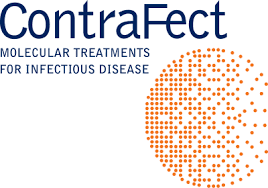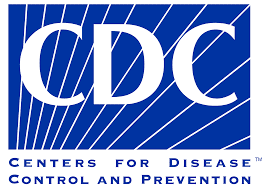Antibiotic resistant infections are rising. Deaths from these infections are rising. The US is no exception. The dwindling antibiotic pipeline is almost uniformly filled with products from small biotechs whose financial status is never secure. The antibiotic market has failed. Most companies that have brought a new antibiotic to the market over the last decade have gone bankrupt. Investors, having lost money in the area, continue their flight. Government and other support for research and development of new antibiotics has increased, but these funds cannot compensate for the market failure that awaits products that make it all the way to the market.
The perfect storm has intensified since I wrote my book (Antibiotics – the Perfect Storm) back in 2010.
The defense against the destruction wrought by this storm is government support for the broken market. Our best hope for this was the PASTEUR Act here in the US that provided for a subscription plan to purchase new and needed antibiotics for physicians and their patients. The Infectious Diseases Society first called for such an intervention back in 2004. The problem is that we have waited so long for this market intervention that we have approached the edge of the precipice. This week, the US Congress turned grinch and refused to include the PASTEUR Act in the 2023 omnibus spending bill that was just passed. We now start our descent into a post-antibiotic era.
I wrote many letters supporting PASTEUR to my congressmen. They were always answered with pre-digested drivel on their commitment to healthcare and research. I even spoke to their healthcare staffers who usually ended our conversations being unable to commit to supporting PASTEUR. The optimism of others much more active than me bolstered my hopes. Realistically, though, I was never optimistic that the US congress would support PASTEUR. I thought them incapable of providing such an incentive to the pharmaceutical industry.
The consequences of inaction, especially after so many years of neglect, will be dramatic. The few companies with products close to market approval will, upon approval, face immediate financial distress. Their ability to support the market expense as well as post-approval commitments will be severely limited or non-existent. Any brave and optimistic investors still supporting antibiotic research and development will finally be forced to admit defeat and move their support to oncology or other more profitable areas of endeavor. While investors never counted on passage of the PASTEUR Act, as they often recounted to me, I’m sure that they all harbored a secret hope that help was on the way. But, like Lucy, congress has pulled the football out from under the kicker at the last minute.
There are so many exciting initiatives on the antibiotic research and development front. So many new grant opportunities have arisen in response to the emerging crisis in resistance. But I fear that without a market intervention of consequence (PASTEUR), this investment will be a bridge to nowhere.
PASTEUR will be re-introduced during the next congressional session. I am afraid that this will be too late if it does pass, and I’m still not optimistic about its fate. Color me depressed.









